Gallery
Otago Peninsula Wildlife
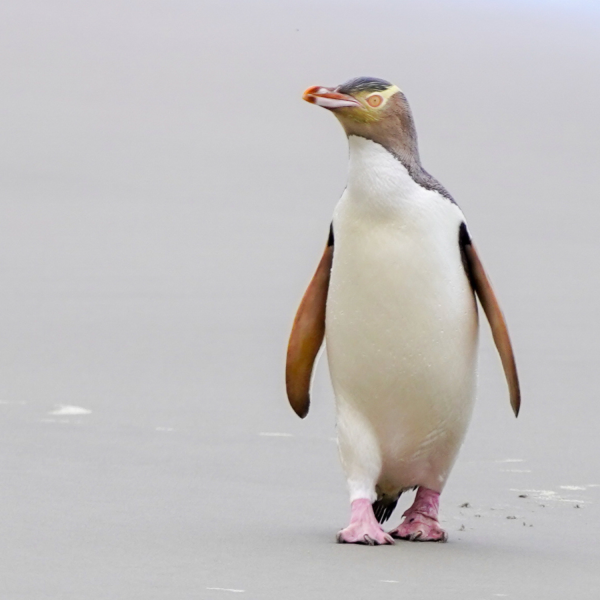
Yellow Eyed Penguin / Hoiho
Commonly Seen
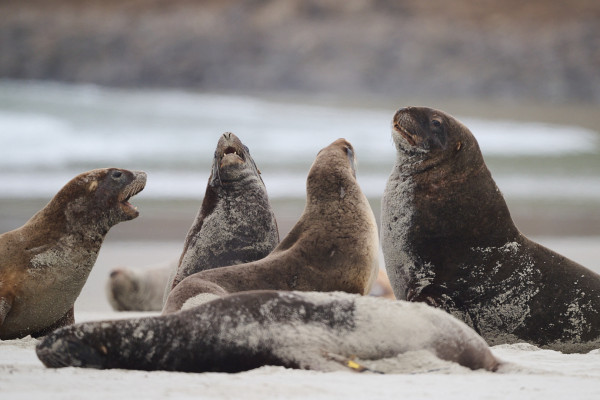
New Zealand Sea Lion / Pakake
Always Seen
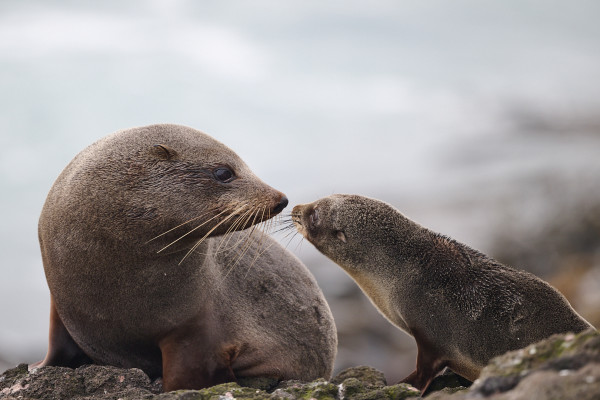
New Zealand Fur Seal / Kekeno
Always Seen
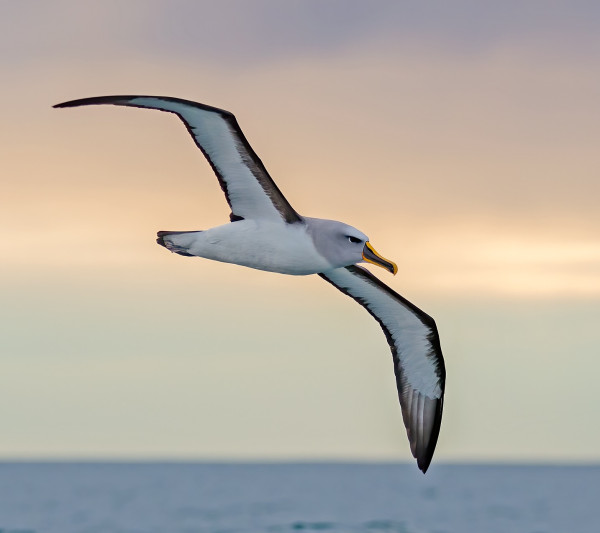
Buller's Albatross | Toroa
Commonly Seen
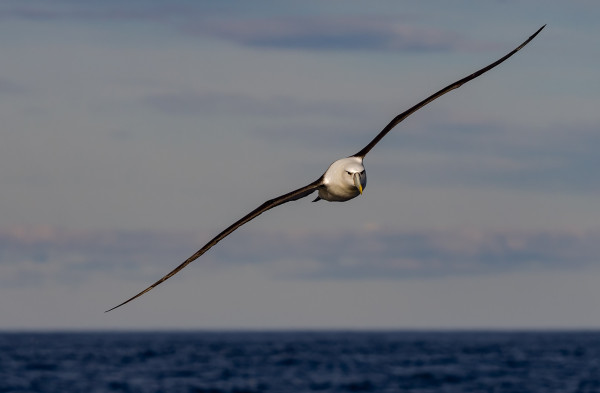
White-capped Albatross | Toroa
Occasionally Seen
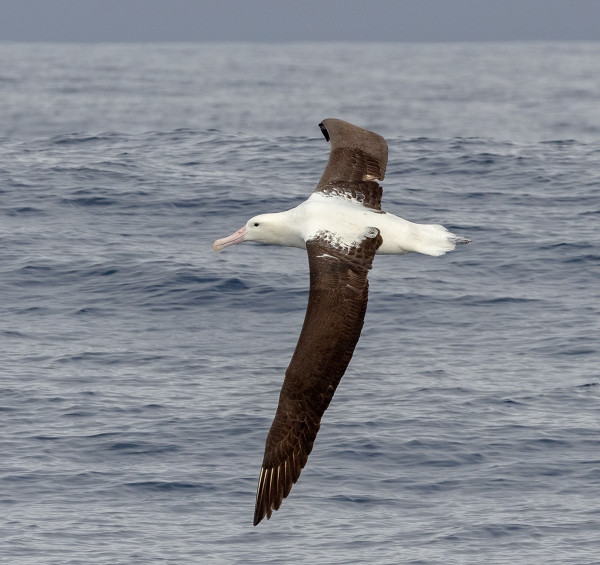
Northern Royal albatross | Toroa
Occasionally Seen
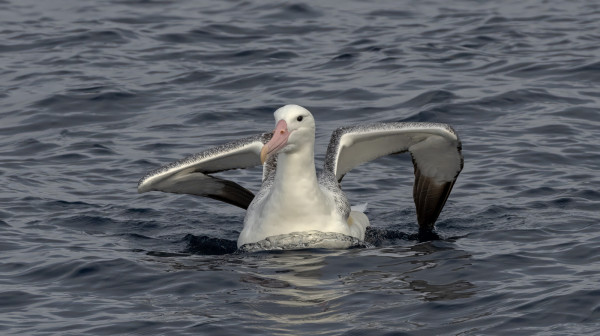
Southern Royal Albatross | Toroa
Occasionally Seen
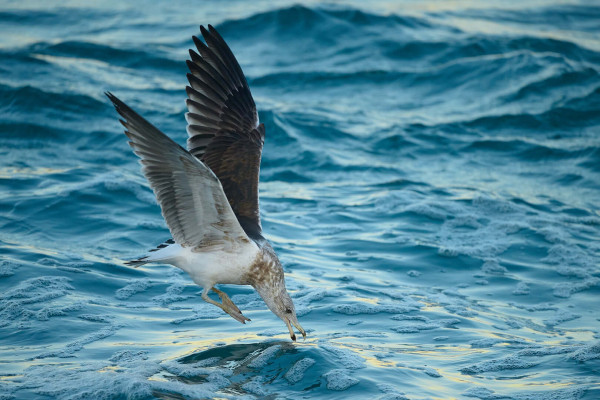
Black Backed Gull / Karoro
Always Seen
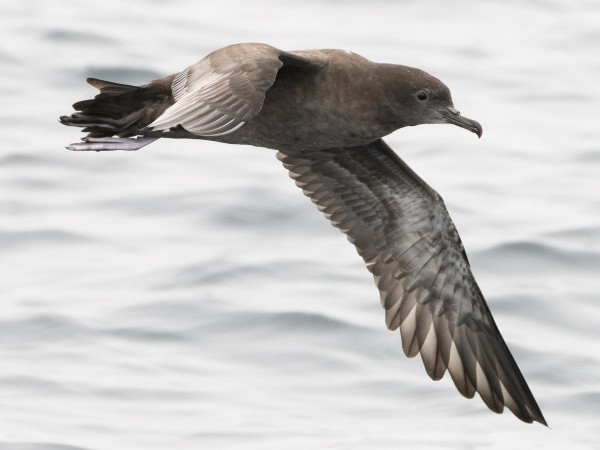
Sooty Shearwater | Tītī
Occasionally Seen

Northern Giant Petrel / Pāngurunguru
Commonly Seen
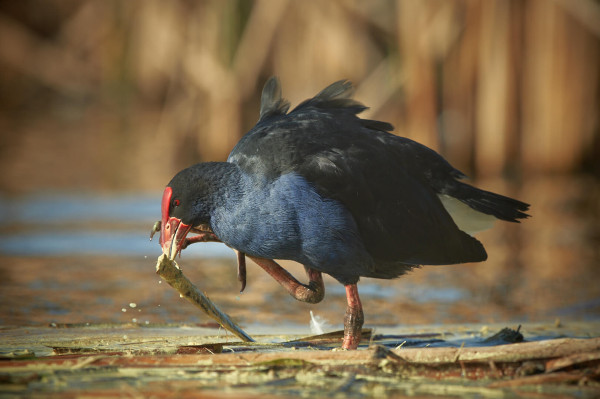
Pukeko
Always Seen
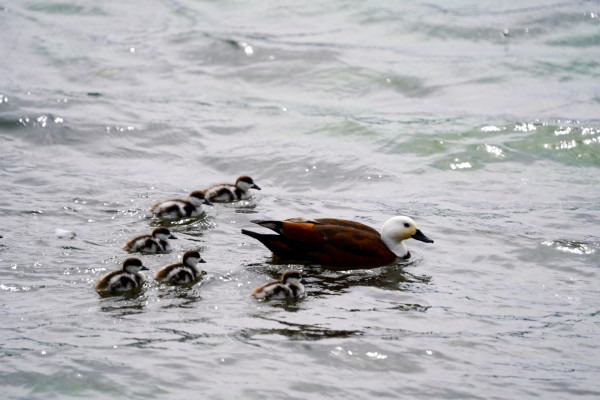
Paradise Shelduck / Putangitangi
Always Seen

Spur-Winged Plover / Masked Lapwing
Always Seen
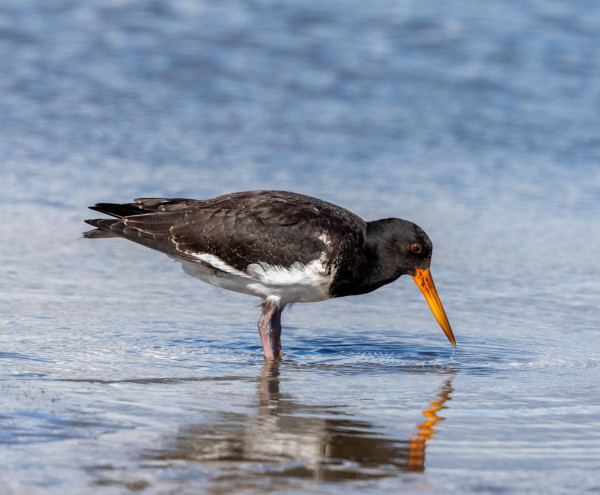
Pied Oystercatcher / Torea
Always Seen

Variable Oystercatcher / Torea-pango
Always Seen
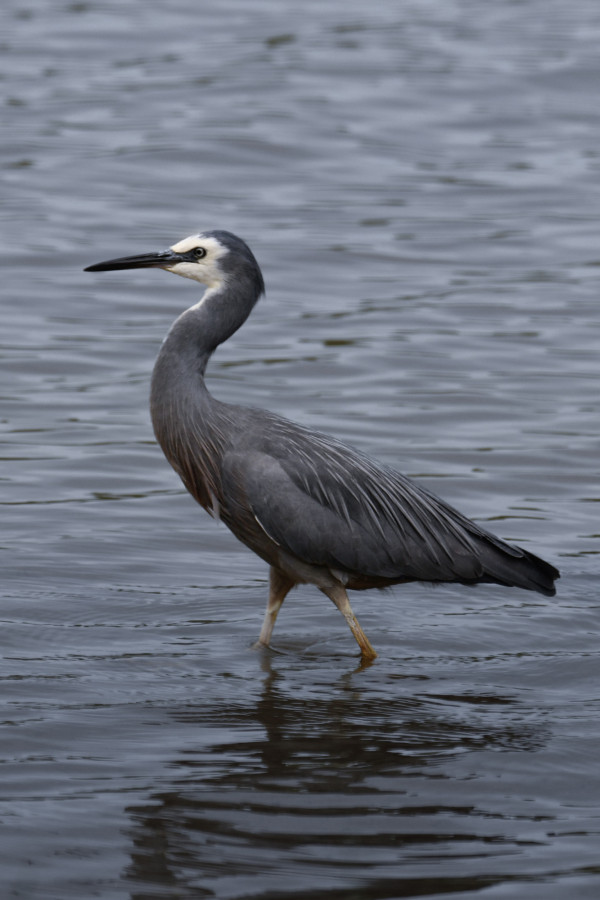
White-faced Heron | Matuku moana
Always Seen

Pied Stilt / Poaka
Always Seen
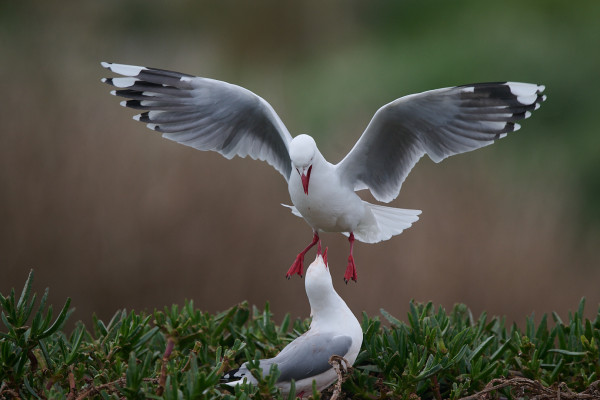
Red-billed Gull | Tarāpunga
Always Seen

Black Swan / Kakianau
Always Seen
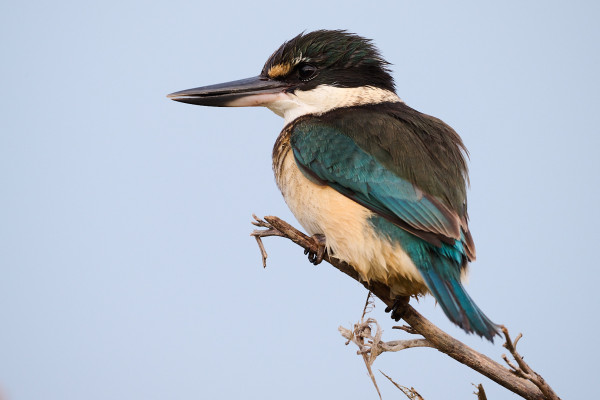
New Zealand Kingfisher / Kotare
Commonly Seen

Royal Spoonbill / Kotuku-ngutupapa
Commonly Seen
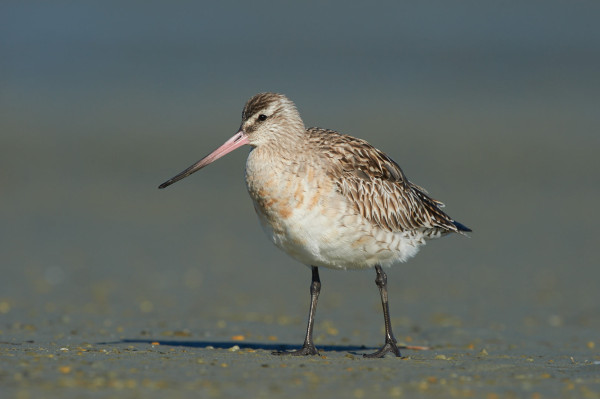
Bar Tailed Godwit / Kuaka
Occasionally Seen
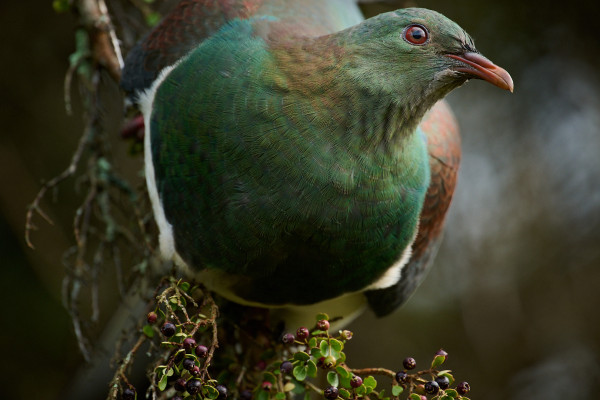
New Zealand Pigeon / Kereru
Occasionally Seen
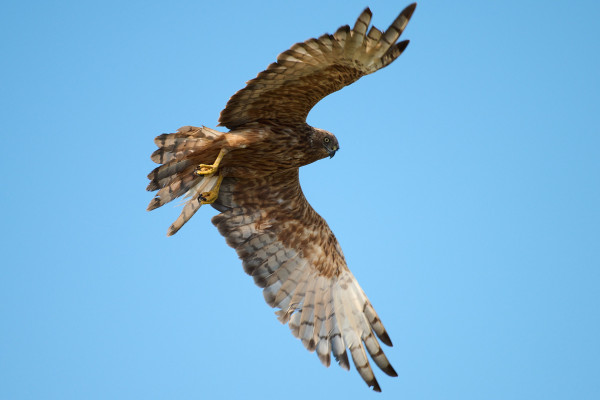
Swamp Harrier / Kāhu
Commonly Seen
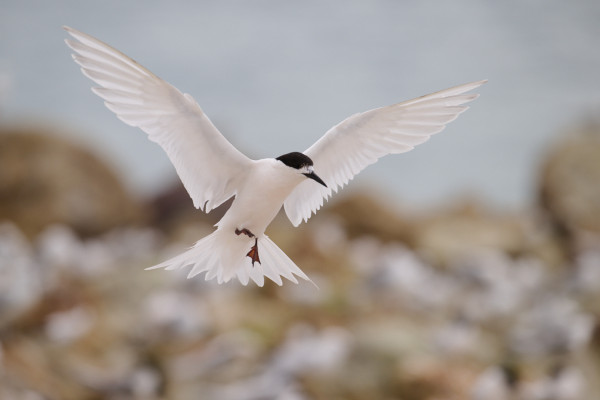
White Fronted Tern / Tara
Always Seen
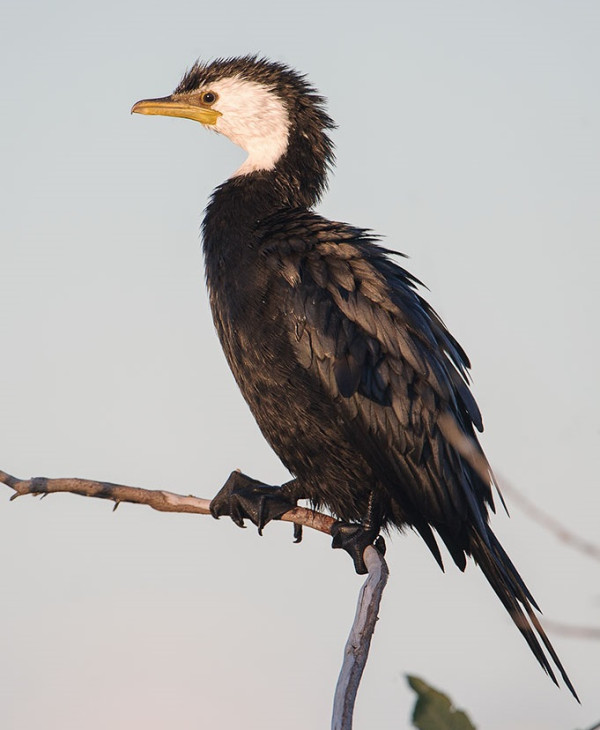
Little Shag / Kawau-paka
Commonly Seen
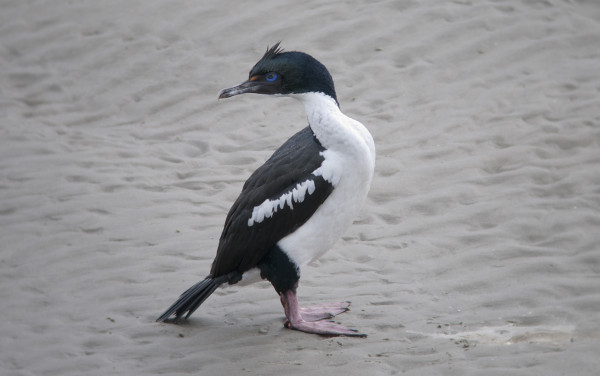
Otago Shag | Matapo
Always Seen

Tui Bird
Occasionally Seen
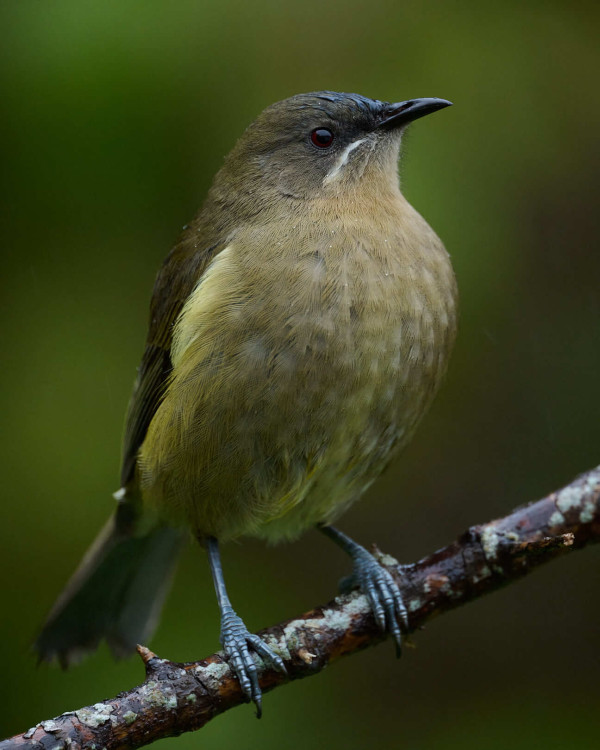
Bellbird / Korimako
Occasionally Seen

New Zealand Fantail / Piwakawaka
Occasionally Seen